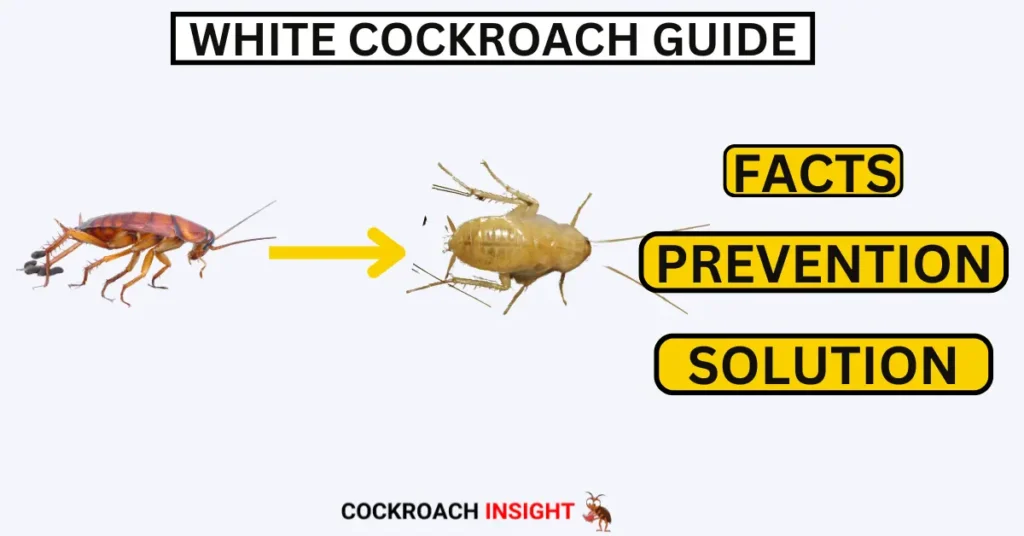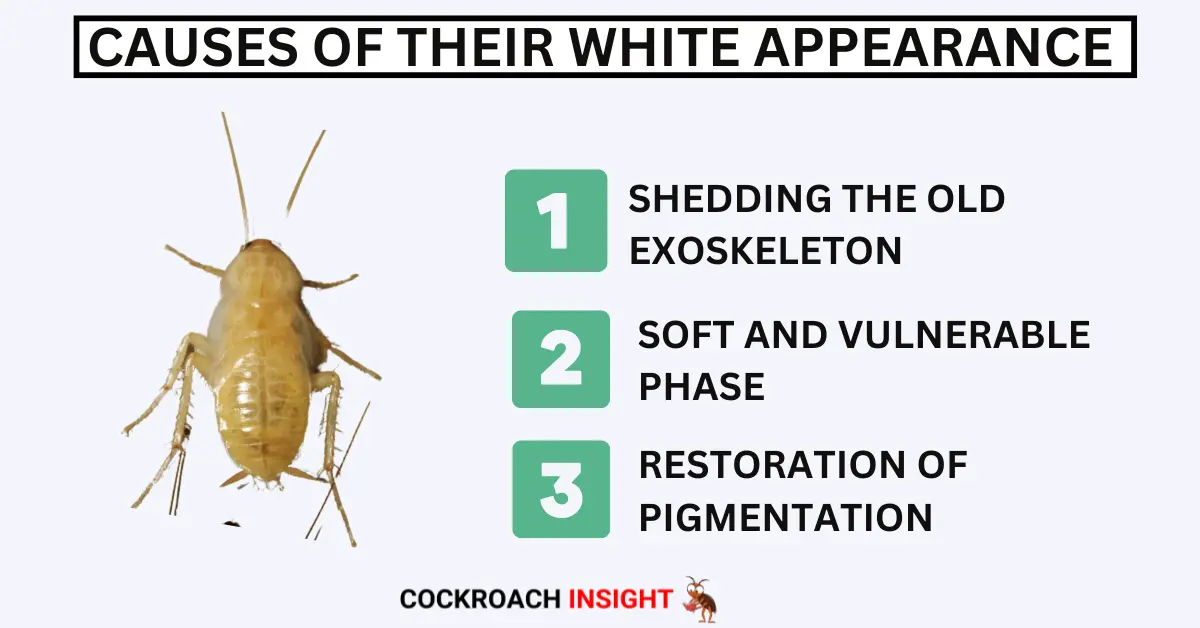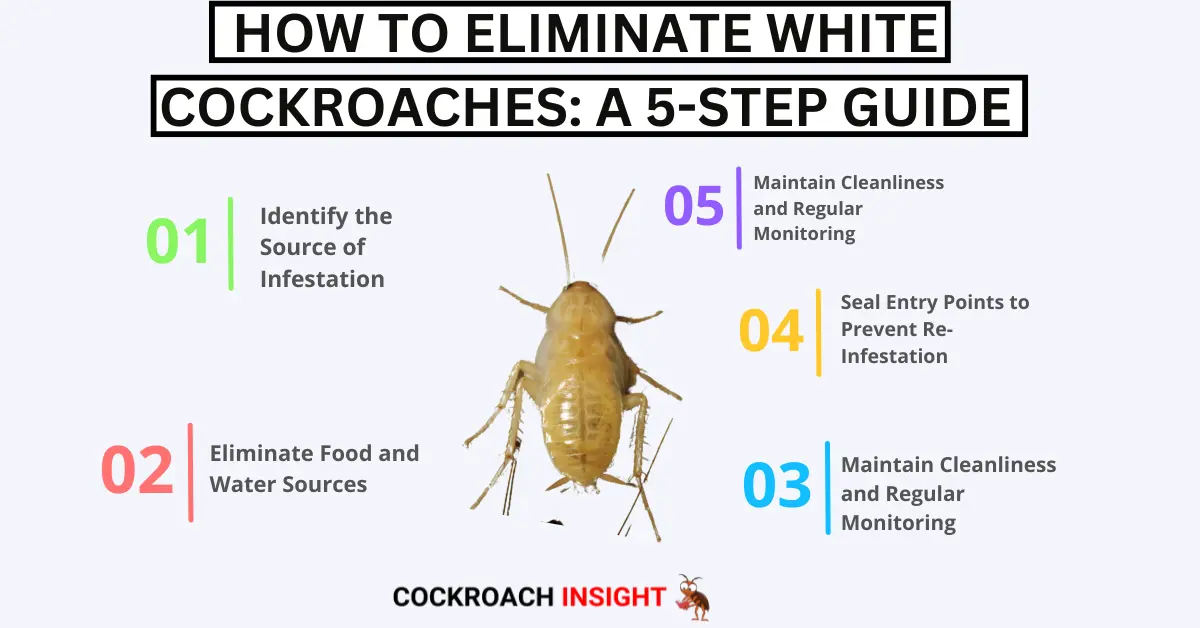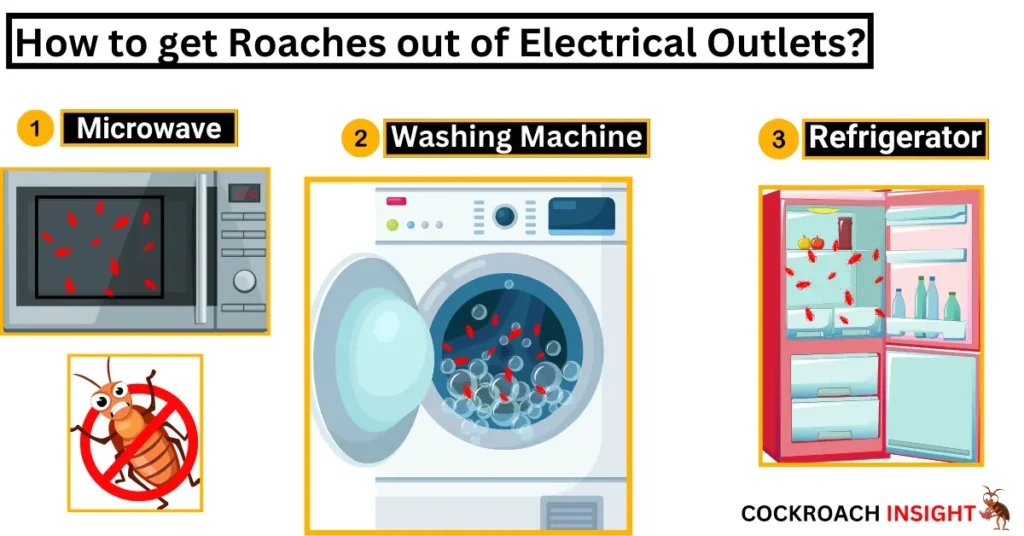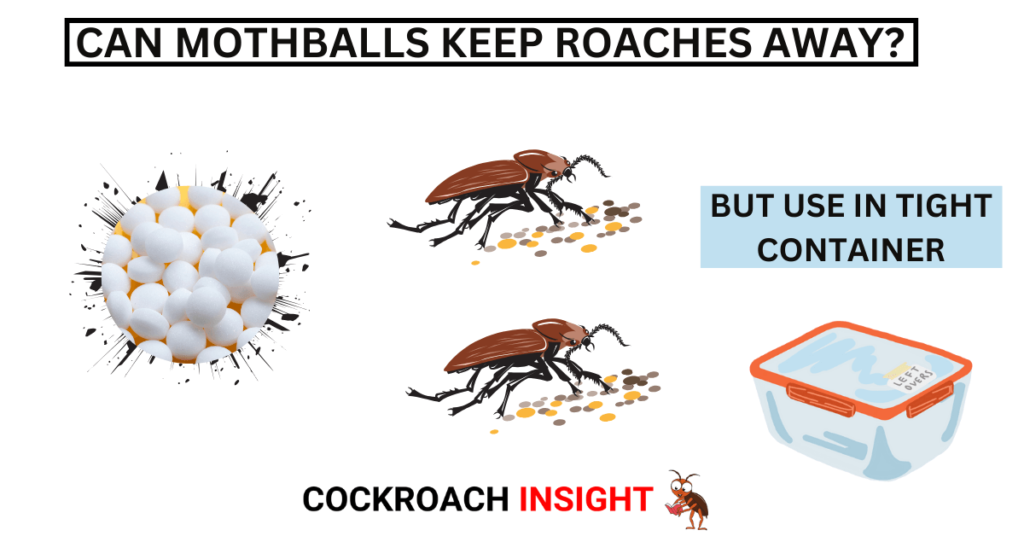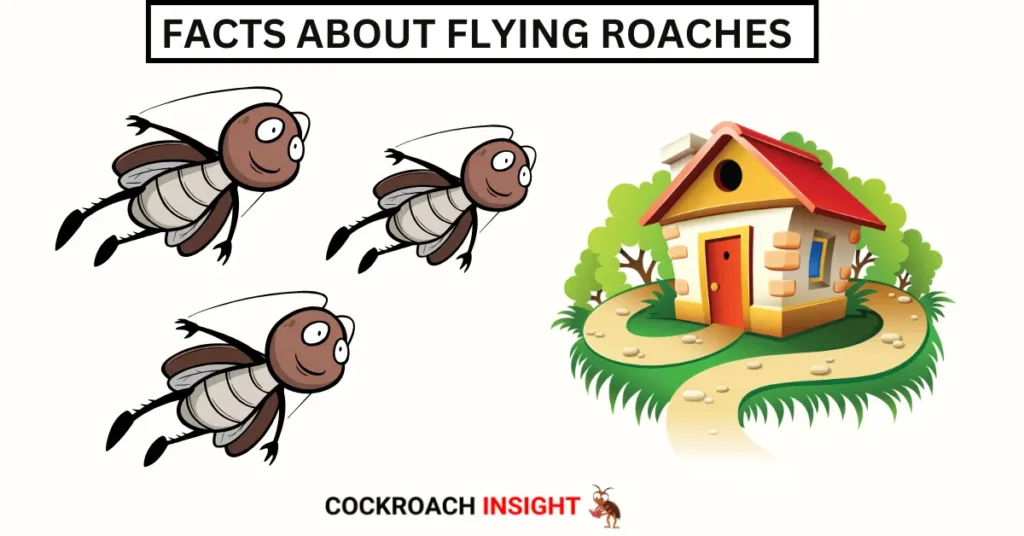What if you see a pale, ghostly thing crawling around your kitchen floor? At first glance, it looks like a little, tiny zombie roach that somebody has brought back to life.
White cockroaches, which are often called ‘pale insects, can be frightening to see for their strange appearance, but may also indicate a bigger problem in the home.
When you see these strange-looking white cockroaches, they are not a different species but are just another type of cockroach. However, don’t be fooled by their short-lived transformation into white cockroaches;
they can be a potent risk to your health and property. Beyond that, they can trigger allergies, spread bacteria, and much more.
This guide will help you understand what these pale pests are, why they appear white, and, most importantly, how to handle them before they become a larger issue. Let’s dive in and uncover the truth about these “albino” roaches.
What Are White Cockroaches?
White cockroaches aren’t a separate species or some rare type of insect—they’re just your regular cockroaches in a temporary state. Such a pale appearance is the result of the periodic shedding of an old exoskeleton, which is called molting.
New exoskeletons are soft and unpigmented right after molting and thus appear ghostly white.
This color change is temporary. Within a few hours, their exoskeleton hardens, and their normal brownish or black color returns. These white cockroaches may not look threatening, but sightings of them indicate an active cockroach lifecycle in your home.
To detect early infestations, it is necessary to understand their white state. Remember that seeing such pale critters might be rare, as the pale critters prefer to be hidden during this vulnerable move.
Causes of Their White Appearance
Cockroaches that appear white are due to a natural molting process. Cockroaches, too, grow like all insects by shedding their old exoskeleton when it is too tight. This is when their new exoskeleton underneath is soft, and unpigmented, making them a pale, ghostly creature.
Here’s how it works:
Shedding the Old Exoskeleton
The cover of the cockroach shell becomes restrictive as it grows. It splits open and sheds the old exoskeleton to accommodate its larger size.
Soft and Vulnerable Phase
Like a shield, the new exoskeleton is soft and white and leaves the cockroach temporarily defenseless.
Restoration of Pigmentation
Soon after, within a few hours, the new exoskeleton hardens and turns a familiar brown or black color.
This is a natural and temporary phase in a cockroach’s lifecycle. Yet one in your home is a red flag, as it indicates reproduction and growth by the roaches within your environment.
Are White Cockroaches True Albinos?
A big myth is that white cockroaches are albinos. In reality, they’re not. White cockroaches are nothing more than normal cockroaches in a temporary stage. When their new exoskeleton hardens, they go back to their usual brown or black coloration.
True albino cockroaches are rare and are the result of genetic mutations that completely prevent the production of pigment. Whereas albino cockroaches stay pale throughout life, normal cockroaches gradually turn white.
Although they don’t exist in nature, most people will never see a true albino cockroach as they are very rare.
That’s why, while those white roaches that you see may appear unusual, they are not albino. In fact, they are just going through a natural growth process. Knowing this distinction is important so you know exactly what steps to take to rid your home of any infestation.
The Molting Process: How Cockroaches Shed and Renew
It is an important part of a cockroach’s growth and development, the molting process. Unlike humans, which continue to grow, cockroaches grow in sequential stages by shedding their hard exoskeleton.
Their temporary white appearance is a result of this process, which is called incomplete metamorphosis.
Here’s a breakdown of the molting process:
Growth Preparation
When a cockroach grows, the exoskeleton becomes too tight, which is a signal that they should shed that exoskeleton.
Shedding the Old Exoskeleton
A Cockroach splits its old exoskeleton along preformed lines and crawls out of it. During this phase, the cockroach will look white because its new exoskeleton hasn’t hardened or developed pigmentation.
Hardening and Pigmentation
It then takes a few hours to harden over, and pigmentation is restored for a brown or black appearance, such as a cockroach.
When cockroaches reach age, they go through a molt a few times to become adults. Their size increases each month until they get close to being mature.
However, the lifecycle is fascinating and unsettling, and spotting a white cockroach in your home is a clear hint that they are in active reproduction, which is a good time to take control measures.
Signs of Infestation: Is Your Home at Risk?
When you spot a white cockroach in your home, you’re definitely not looking at just an unsettling sight; rather, you are witnessing a clear signal that you have an active cockroach infestation.
White cockroaches provide a lot about what’s going on behind the scenes in a cycle of life and reproduction. Here are the key signs to watch for:
Presence of White Cockroaches
If you see a white cockroach, it is also as likely to see that a cockroach population is thriving and is going through their molting phase. That’s a strong sign that cockroaches are active inside your house.
White cockroaches are difficult to see because they are placed in a dangerous state, typically hiding in dark, secure places. If you see one, it could mean the infestation is more severe than it appears.
Shed Exoskeletons
Cockroaches can repeatedly shed their exoskeletons. A clear sign of infestation is discovering these remnants in dark or hidden areas. They’re often found near food sources, under appliances, or along baseboards.
Their presence indicates active growth cycles, meaning the infestation is happening and will only get worse if it is not dealt with.
Droppings and Smears
Telltale signs of cockroach presence are droppings, little black pellets, or smear marks in damp areas. They are usually found near food sources or along walls.
The droppings aren’t just ugly—they also can contain allergens that might set off asthma or other respiratory conditions.
By figuring this out early, you can identify and focus on the areas with the highest infestation rates.
Musty Odor
You will typically experience a strong, unpleasant odor if your infestation is severe. The smell is cockroach secretions and gets worse as their numbers increase.
Odor can spread through your living space, particularly in places where cockroaches are most commonly located. This is a symbol that eliminates the infestation with immediate action and prevents other health risks.
Increased Nocturnal Activity
Cockroaches are nighttime critters. If you see one during the day, it could also indicate overcrowding or a very bad infestation that forces them out of their hiding places.
They like to hide, but in daylight, they are active and must compete for resources. This is a red flag, which means their numbers have exceeded the usual hiding limits.
Such signs indicate quick action is needed. Like all insects, cockroaches don’t hide—they multiply fast, and because of this, their presence triggers allergies, contaminates the food, and can even spread diseases.
It is important to detect this early so it doesn’t grow out of control.
Health Concerns: Risks of Cockroach Infestations
Cockroaches are not just pests; they can pose serious health risks to you and your family. These are pests that spread the bacteria, cause allergies, and contaminate food. Below are the key health concerns associated with cockroaches:
Allergies
Proteins found in cockroach droppings shed skin, and saliva can act as allergens. Allergens are actually a common cause of allergic reactions, especially in children, as well as in those with a sensitive immune system.
Symptoms include sneezing, skin rashes, and itchy eyes. It can also make allergies in affected people worse with long-term exposure.
Asthma Triggers
Cockroach infestations can be especially harmful to people with asthma. The allergens they produce are actually airborne and can lead to asthma attacks and other respiratory problems.
It’s been shown that families living with cockroaches have higher rates of asthma-related hospitalization.
Food Contamination
However, bacteria such as Salmonella and E. coli are carried by cockroaches, which then spread them around food and kitchen surfaces with their crawling.
Food poisoning, diarrhea, and other gastrointestinal illnesses can occur from eating contaminated food. Food can be contaminated by their presence in areas where it is stored or prepared.
Disease Transmission
These pests are therefore known to pass harmful pathogens that result in diseases such as dysentery and typhoid. They pick up germs from areas that you don’t like to touch, such as drains, garbage, and sewers, and then pass them into your home. It can also place your family at risk of serious infections.
Mental Health Impact
A cockroach infestation can be stressful and cause anxiety and sleep disturbances. It is a constant worry that you will come across these pests and that they might be a health threat too.
These health risks are good reasons to take care of cockroach infestations as soon as possible.
From Creepy White to Nasty Brown: The Lifecycle of Cockroaches
As part of their lifecycle, white cockroaches are naturally transformed into their usual brown or black color during the molting process. Right after they have shed their old exoskeleton, their new exoskeleton is soft and unpigmented, and the white cockroaches look pale and ghostly.
Typically, this temporary white state lasts only a short time but can be longer in cooler surroundings. They are defenseless and vulnerable at this time, staying hidden in dark and secure areas.
Then, as the exoskeleton hardens, pigmentation gradually returns, making the cockroach look again like its normal brown or black. Not only does this hardening process protect the cockroach,
but it also lets it move efficiently and go back to normal activity. It is for their growth; young cockroaches or nymphs of cockroaches go through several molts to reach maturity.
However, it’s rare to see a white cockroach since they like to stay hidden when it is vulnerable. But their appearance is certainly a sign of an active infestation.
By addressing the problem early, these resilient pests are less likely to finish their life cycle and reproduce further.
Why Are They Hard to Detect?
Due to their notorious ability to remain invisible, white cockroaches are notoriously difficult to spot, which makes infestations harder to identify. Night time, and themselves going in dark, damp environments are responsible for their ability to remain hidden.
White cockroaches are in a vulnerable state, unprotected by the tough, unpigmented exoskeleton typical of fully matured cockroaches, and are even more cautious about venturing into the open.
During this time of hiding, they often go into cracks, crevices, or other hidden places to avoid becoming prey to predators and harsh conditions.
Another layer of camouflage is added when their pale color blonds are in with lighter surroundings. Not only are cockroaches quick and agile, but they are able to escape even when disturbed.
They are a very rare sight, being visible only for this short period and, for the most part in the dark. Seeing one during the day is a sure sign of overcrowding or a major infestation and they’re forced out of their hiding places.
This behavior highlights the importance of complete inspection, especially of hidden areas where these pests could be nesting.
What Does Finding a White Cockroach in Your Home Mean?
The first that you spot a white cockroach in your house you might think that it is just a one-off, but it’s definitely not. The molting phase indicates that it’s the phase when white cockroaches are actively growing and maturing.
This is a strong indication that cockroaches are reproducing and growing in your home.
Typically, finding even one white cockroach indicates there are many more hidden in cracks, crevices, and some dark space. If you find a cockroach, there are usually several others, and that means cockroaches have been living among you for at least a while now.
However, being able to hide during vulnerable times also means that there can be dozens of roaches hidden, out of sight for every single visible one.
If you see a white cockroach, it should be a red flag. This isn’t just a signal of their lifecycle but a call to action.
Thorough inspections and pest control measures can immediately prevent the infestation from growing and spreading further into your home. Early detection is vital to control and eradication of the problem.
Step 1: Identify the Source of Infestation
Start by locating the areas where cockroaches are hiding. Focus on dark, damp spaces such as under sinks, behind appliances, and inside cracks or crevices.
Step 2: Eliminate Food and Water Sources
Food crumbs, grease, and standing water all attract cockroaches. Make sure to keep your kitchen clean, store food in airtight containers, and fix any leaking faucets or taps. These resources would be removed, forcing them to move to different places to satisfy them.
Step 3: Use Roach Baits or Traps
Attract cockroach baits or traps to where the activity appears to be greatest. They can reduce their numbers by attacking their source. These are just a few of the tools in your pest control arsenal that can be helpful: from sticky traps to gel baits to poison bait stations.
Step 4: Seal Entry Points to Prevent Re-Infestation
Look around your home for cracks, gaps, or holes that perhaps might let cockroaches in. You can block these openings with caulking or other sealants. Pay attention to door frames, window sills, and pipes around them to limit their access.
Step 5: Maintain Cleanliness and Regular Monitoring
Keep your home clean so as not to make it appealing to cockroaches. Clean by vacuuming daily, wiping down surfaces, and emptying trash cans daily. Inspect problem areas regularly for any signs of re-infestation early.
With this, you can significantly cut down the chances of insects like white cockroaches becoming and spreading. Maintenance and monitoring your way to a cockroach-free home are key.
Pro Tips to Avoid White Cockroaches
Control of white cockroaches and other pests inside the home needs constant work and attention. These simple yet effective pro tips will help you maintain a cockroach-free environment:
Regular Cleaning
Clean your living spaces free from crumbs, grease, and food debris. Be especially aware of the areas of the kitchen, dining room, and pantry. In general, cleaning floors, counter tops, and appliances regularly will eliminate food sources that will attract roaches.
Seal Cracks and Entry Points
Look around your house for any small cracks, gaps, and crevices that cockroaches can use to gain access. Seal these openings around windows, doors, and plumbing with caulk or weather stripping. One of the best ways to keep them out is to prevent them from having their access.
Proper Food Storage
Keep all food airtight in containers and avoid having leftovers uncovered. Pet food can attract cockroaches, too. Empty trash cans regularly and make sure they are sealed tightly.
Fix Leaks and Remove Standing Water
Repairs to leaks and the removal of any standing water are crucial to the cockroach’s survival. Look for dripping faucets or leaky pipes or for water, whether under sinks or appliances.
Use Professional Pest Control Services
If you think you have an infestation or want to prevent one, it’s worth hiring professional pest control services. Cockroaches are identified as problem areas, and long-lasting treatments are applied to keep them at bay.
If you want to limit your white cockroach exposure and keep your home pest-free, then try these pro tips.
Debunking Misconceptions About White Cockroaches
White cockroaches have fewer myths and fewer misconceptions attached to them, which can be a real myth buster. Here are some common myths debunked to provide a clearer picture:
White Cockroaches Are a New Species”
This is a misconception people often make. Regular cockroaches are in a temporary letting phase; this is not a different species but just white cockroaches. At this stage, their exoskeleton is soft and unpigmented, making them appear pale.
White Cockroaches Are More Dangerous
They can look alarming, but white cockroaches are no more dangerous than their brown or black counterparts. Both have the same habits, health risks, and ability to spread bacteria and allergens.
White Cockroaches Are Albinos
There is another widespread myth that white cockroaches are albinos. This actually happens – true albino cockroaches are quite rare, and it’s due to a genetic mutation. A molting process will give white cockroaches a pale state, and that’s just a part of it.
White Cockroaches Are Poisonous
These are not poisonous to humans but white cockroaches. Cockroaches, however, like all cockroaches, can contaminate food or surfaces with bacteria that can cause health issues if not taken care of.
Seeing One Means Your Home Is Clean
If you spot a white cockroach, it doesn’t necessarily mean that your home is clean or that your home isn’t infested. In truth, it frequently suggests active cockroach reproduction and possibly an increasing population.
Conclusion
Rarely seen, white cockroaches are an indication of an active infestation. The reason they appear pale is simply because they are in a molting phase, and it is only a small problem in your home.
While creepy, these pests could be a threat to your health with allergies, contaminating food and distributing bacteria.
To eliminate a white cockroach infestation requires a quick and effective response. It’s important to identify the source, seal entry points, stop food or water source, and cleanliness.
However, by doing these things and adopting prevention strategies, you are going to be protected from any type of cockroach harm.
When you see a white cockroach in your home, you need to recognize it as a red flag. Keeping your living space pest-free is a matter of early detection and proactive pest control.
Tackling the problem when it first occurs can also save you time and money, as well as the inconvenience of clearing a larger infestation later.
FAQ SECTION
Are White Cockroaches a Different Species?
No, white cockroaches are not a separate species. They are regular cockroaches in a temporary state caused by the molting process. Their pale appearance is due to the soft, unpigmented exoskeleton that forms after shedding their old shell.
Are White Cockroaches Safe to Touch or Be Around?
While white cockroaches themselves are not poisonous, they can carry bacteria and allergens that pose health risks. Avoid direct contact, and take steps to eliminate them to prevent contamination and allergic reactions.
Why Do White Cockroaches Appear in My Home?
White cockroaches indicate an active cockroach lifecycle in your home. Their presence suggests molting activity, which means the infestation is growing. Seeing one is a sign to inspect your home for other signs of infestation.
What Attracts White Cockroaches?
Cockroaches, regardless of their color, are attracted to food crumbs, grease, standing water, and shelter in warm, dark spaces. Poor hygiene and accessible food or water sources are common reasons for infestations.
Are Baby Cockroaches Always White?
Yes, baby cockroaches, or nymphs, appear white after hatching or molting. Their color gradually darkens as their exoskeleton hardens over a few hours.
Can Cockroach Eggs Be White?
No, cockroach eggs are not white. They are typically brown or dark in color and are encased in a protective ootheca (egg case). If you spot cockroach eggs, it indicates active breeding in your home.

